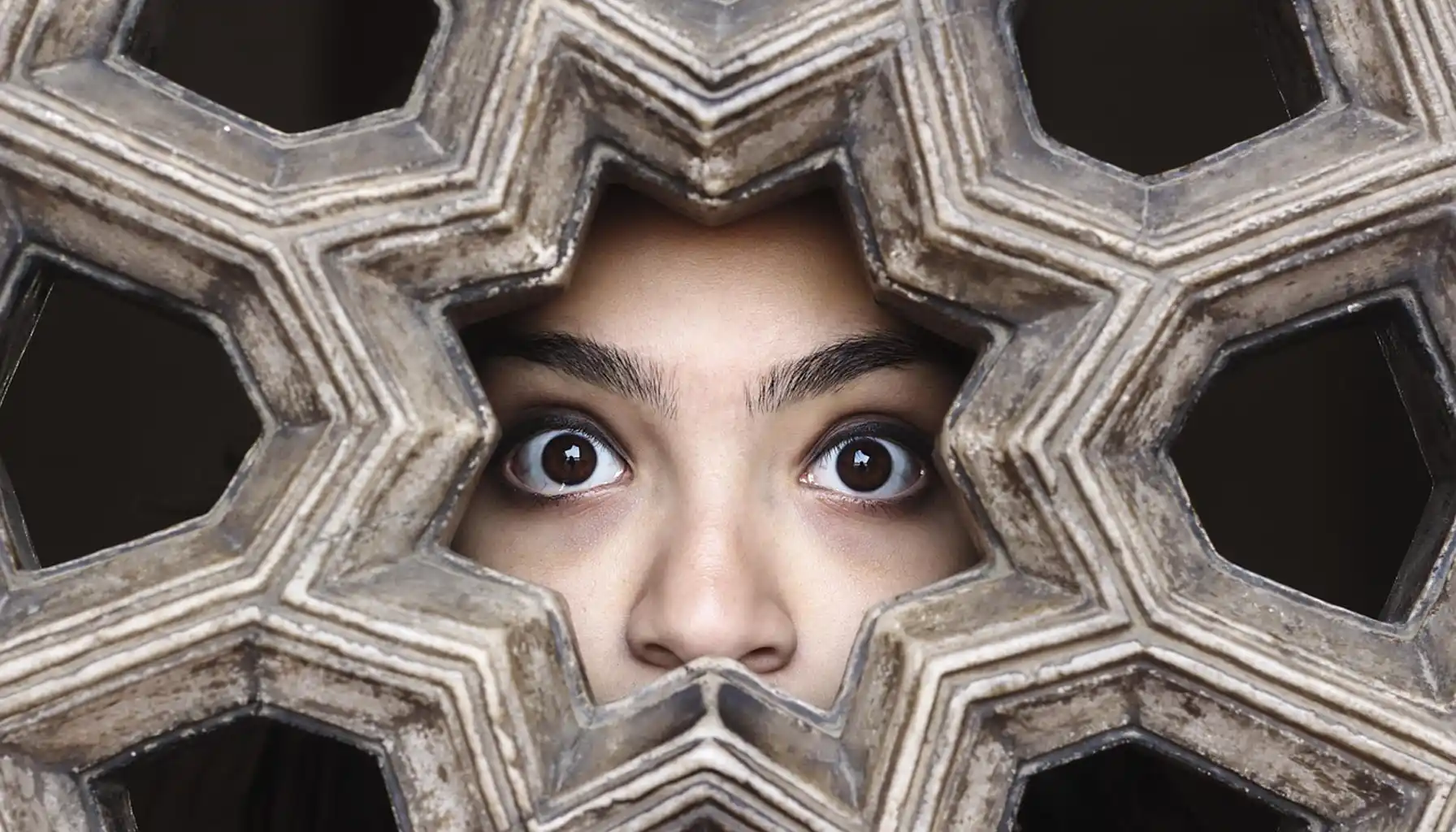Nyctophobia: Causes, Symptoms, and Treatment for the Fear of the Dark
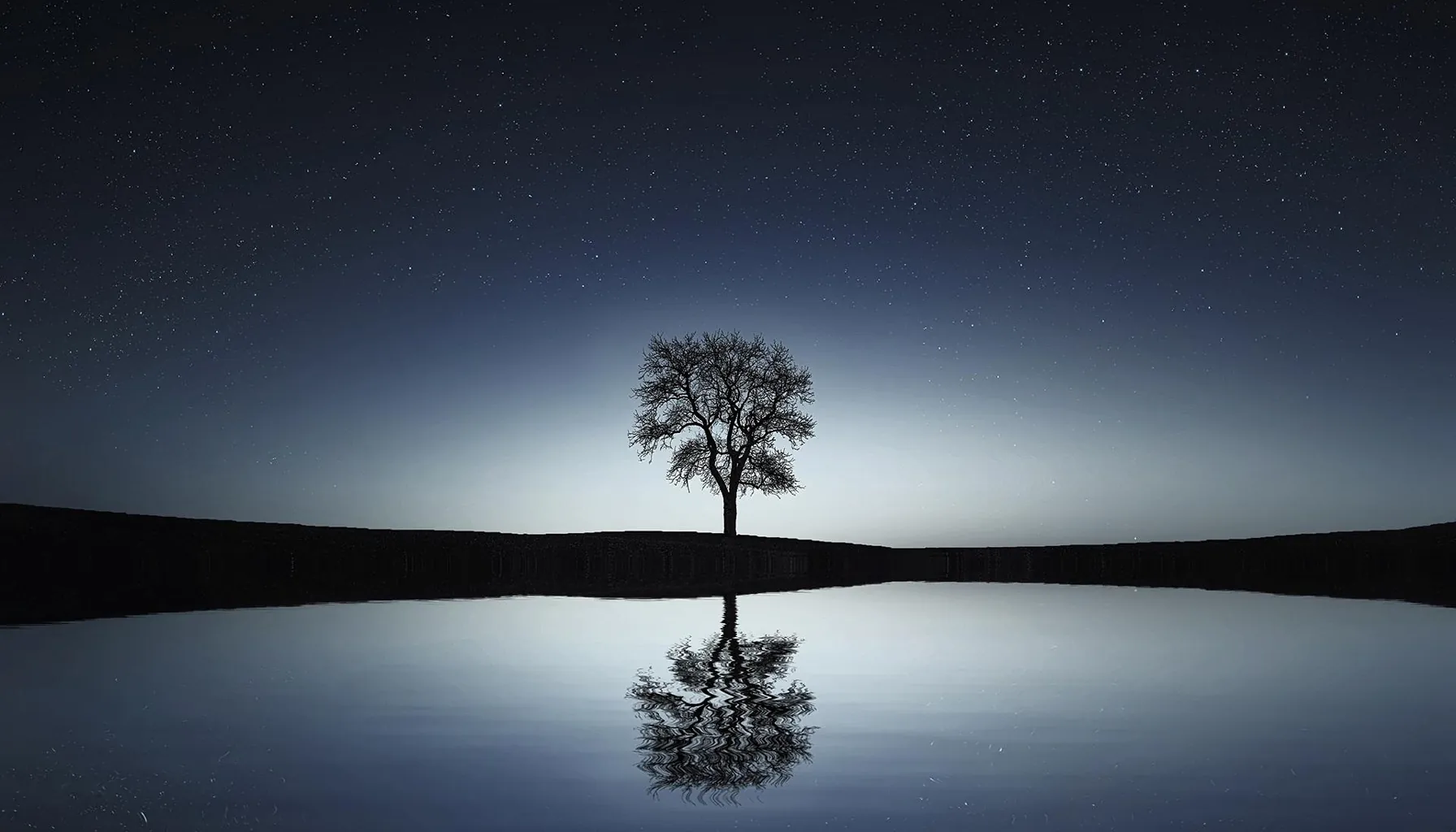
Contents:
- What is Nyctophobia?
- Nyctophobia Meaning and Clinical View
- Nyctophobia Definition in Mental Health
- Nyctophobia Symptoms
- What Causes Nyctophobia?
- Triggers of Nyctophobia
- Nyctophobia Test and Diagnosis
- How Many People Have Nyctophobia?
- Nyctophobia Phobia and Impact on Daily Life
- Nyctophobia Treatment
- How to Overcome Nyctophobia
For humans, night has always been ambivalent: it offers both rest and uncertainty. Darkness blurs familiar landmarks, leaving room for conjecture—which is why it so easily becomes a source of anxiety. When fear transcends reason and begins to control habits, experts speak of nyctophobia, the fear of the dark.
Today, psychology increasingly speaks of the fear of the dark as a full-fledged anxiety disorder, not a childhood fantasy. And there's hope in this: it means it can be addressed.
For example, impulse brain training restores a sense of grounding and allows us to perceive the night not as a test, but as a natural time for rest.
But here's a frequently asked question: nyctophobia is the fear of what? Simply put, it's not about caution, but about an irrational sense of threat where there is none.
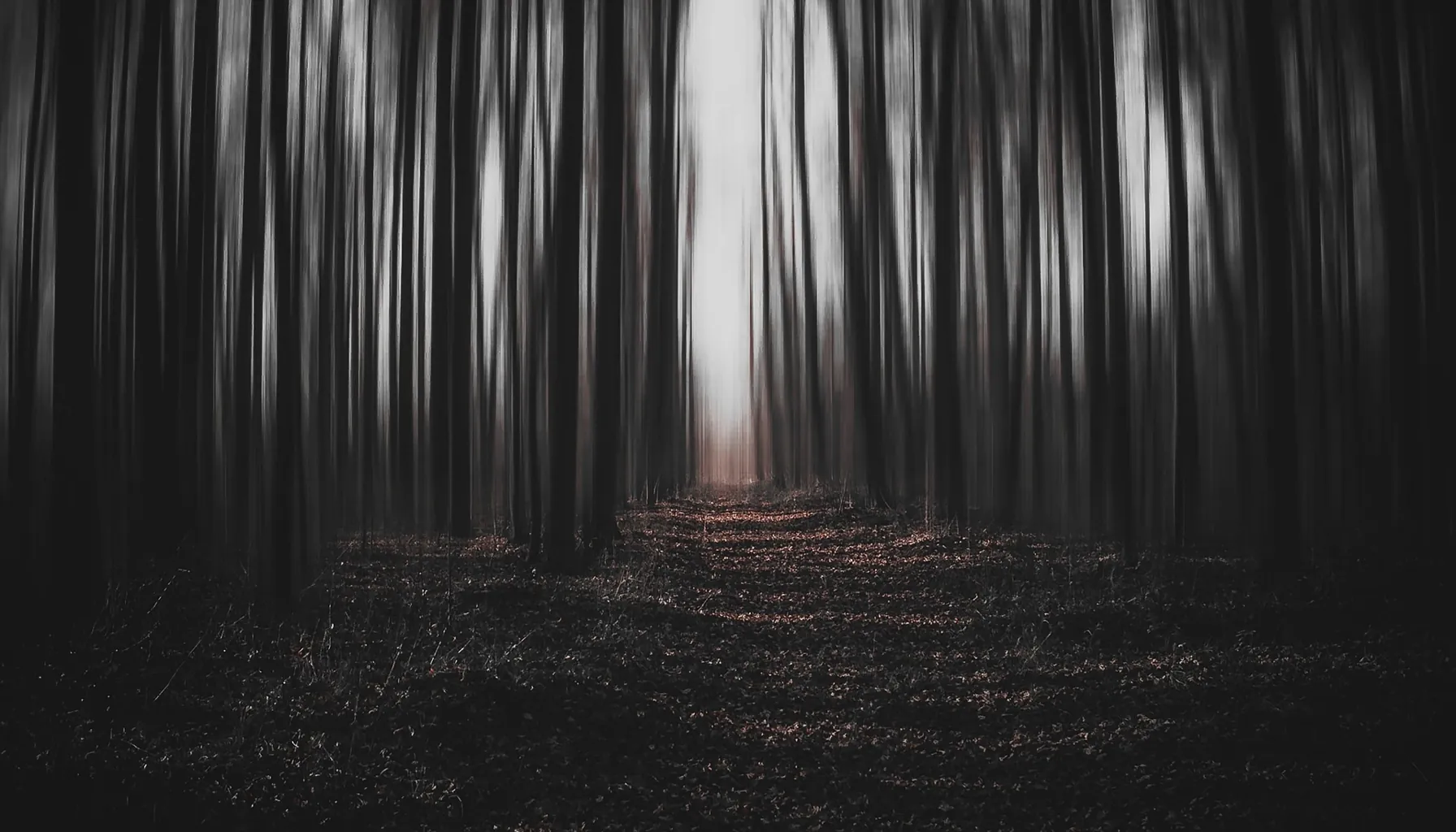
What is Nyctophobia?
This is a persistent and excessive fear of the dark. The term comes from the Greek words "nyx" meaning night and "phobos" meaning fear.
The main characteristic of this phobia is that it's not the darkness itself that frightens, but what remains beyond it: the inability to control space and see what's happening around you. In the dark, even familiar sounds or shadows seem threatening, and the imagination conjures frightening images.
In medical literature, other names are also found—scotophobia or lygophobia. But behind these different names lies the same thing: anxiety arises whenever light and the familiar sense of control over the surrounding world disappear.
Nyctophobia Meaning and Clinical View
What does nyctophobia mean? It’s not only about fearing the dark itself, but also how it shapes behavior and stirs inner reactions. Some avoid familiar situations: they don't leave the house after sunset, leave the light on in the bedroom, and avoid movies with night scenes.
There's also a deeper layer—the anticipation of a threat without any real cause. In the dark, the body tenses, a sense of anxiety arises, and obsessive images or thoughts about "someone else's presence" appear. All of this perpetuates anxiety and interferes with normal rest.
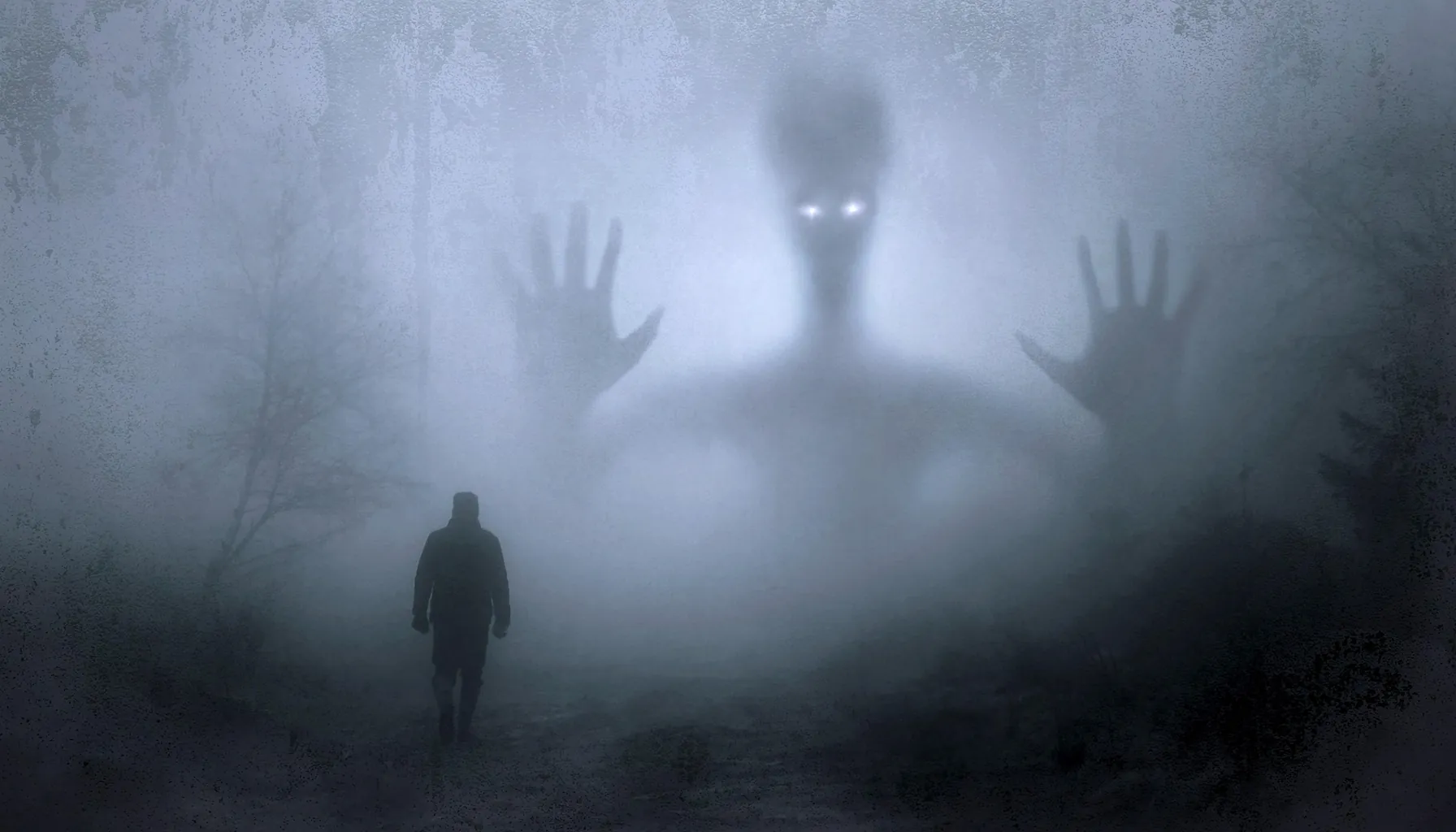
Nyctophobia Definition in Mental Health
The definition emphasizes that this fear is disproportionate to the situation. There is no outward danger, but the body and emotions react as if there were a real threat. The heart beats faster, breathing becomes difficult, and anxiety overwhelms.
This reaction often intensifies when other vulnerabilities are nearby. For example, with cleithrophobia—the fear of enclosed spaces—a dark room is perceived not simply as the absence of light, but as a trap. In this context, the anxiety becomes especially severe.
Nyctophobia Symptoms
Symptoms are divided into psychological and physiological. They stretch from a faint feeling of discomfort to overwhelming panic.
Psychological Responses
obsessive anticipation of a threat in the dark,
fear of going to bed in complete darkness,
avoidance of evening activities,
anxious thoughts of attack or an "invisible presence."
Physical Reactions
rapid heartbeat, sweating, trembling,
difficulty breathing, shortness of breath,
dizziness, nausea, sometimes fainting,
muscle tension, spasms, cold extremities.
In children, the symptoms are more pronounced: crying, screaming, refusal to go to bed, or requests to check for "monsters under the bed."
Table 1. Nyctophobia Symptoms and Possible Consequences
Symptom | Immediate Reaction | Long-Term Effect |
Panic when the lights go out | Refusal to sleep | Chronic fatigue, insomnia |
Heartbeat and shortness of breath | Sense of threat | High blood pressure, anxiety disorders |
Nausea, dizziness | Loss of control | Reduced social activity |
Obsessive thoughts | Loss of concentration | Depression, avoidance of daily tasks |
What Causes Nyctophobia?
Evolutionary Roots
Scientists believe the origins lie in evolution. In ancient times, darkness was the time of predators. Fear of the night helped our ancestors survive. Today, the threats have changed, but the subconscious mechanism remains.
Traumatic Experiences
Negative experiences—getting lost in the dark, experiencing a power outage during a storm, facing aggression at night—reinforce the association “darkness = danger.”
Cultural Context
Myths, fairy tales, and horror films actively use depictions of darkness as a symbol of evil. Children and adults subconsciously perceive it as a space where danger lurks.
Family and Observed Behavior
If parents avoided the dark or reacted to it with panic, the child easily adopts this scenario.
Biological Predisposition
Some people react more acutely to stress hormones. This explains why one person can sleep peacefully without a light on, while another experiences panic.
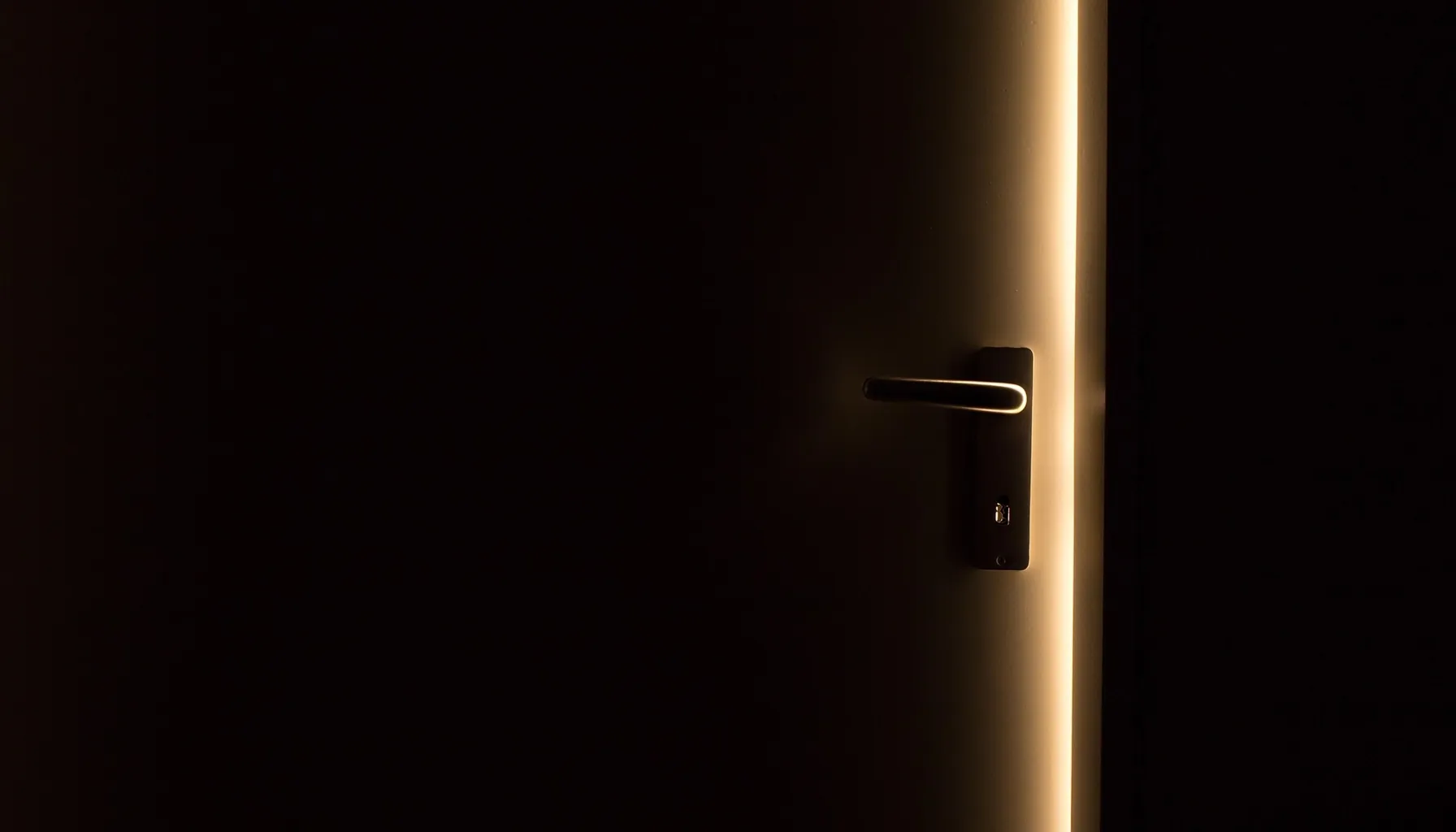
Triggers of Nyctophobia
Situations that trigger episodes include:
sunset or sudden power outages,
needing to walk down a dark hallway,
watching a movie with night scenes,
thoughts of sleeping in the dark.
Nyctophobia Test and Diagnosis
The tests include surveys and questionnaires that record reactions to described situations or depictions. The doctor asks:
how long ago the symptoms began,
how much they affect life,
any co-occurring disorders (panic attacks, depression).
Part of the work is making sure it’s not something else, such as PTSD or generalized anxiety.
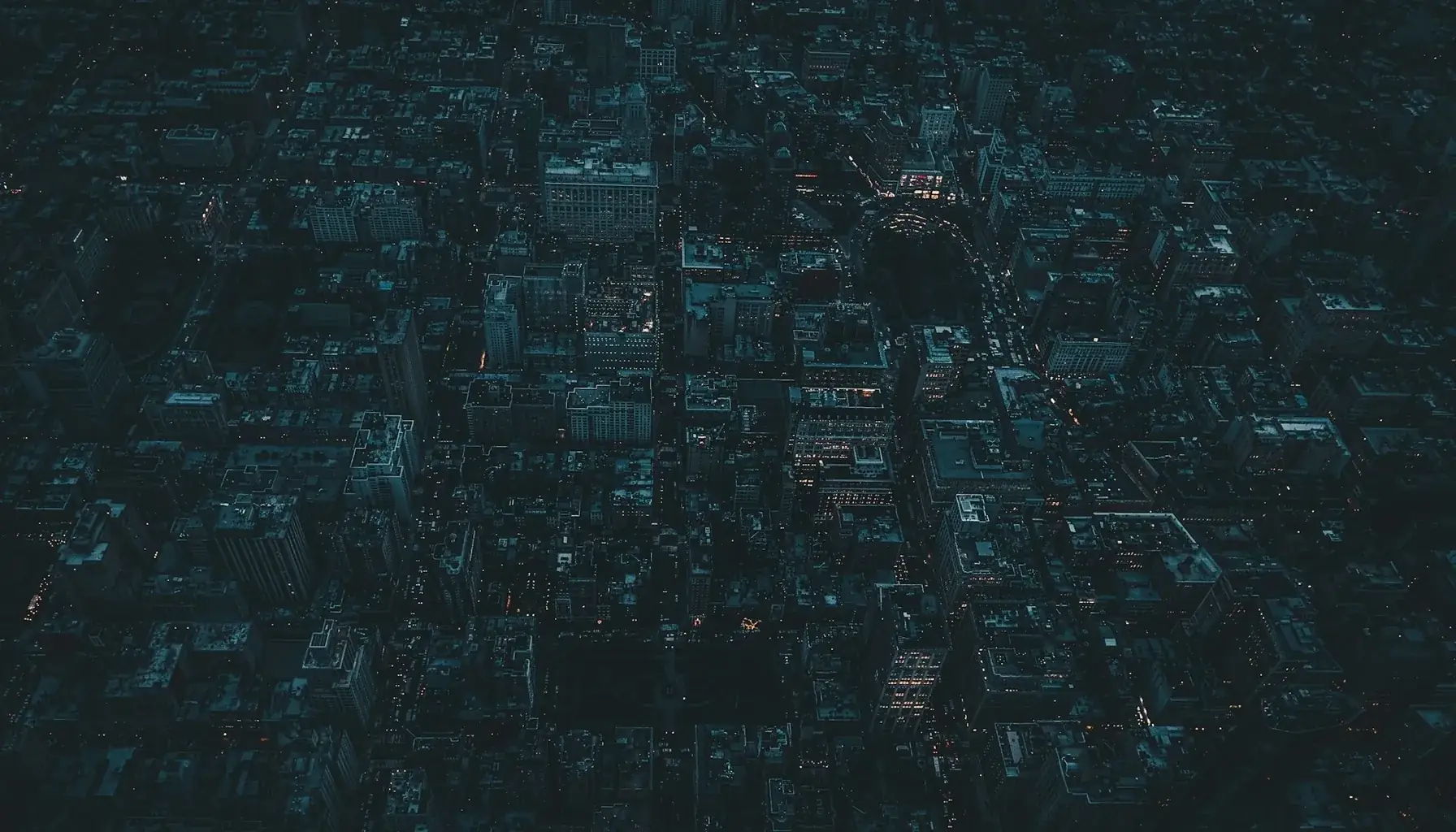
How Many People Have Nyctophobia?
It depends on age. Research shows that up to 45% of children aged 6-12 experience a fear of the dark. Most gradually overcome it, but some persist into adulthood.
In the United States, about 9% of adults experience various specific phobias annually. Women are more affected, but the differences are not significant.
This raises the question: how rare is nyctophobia really? Many people don't seek help, hiding the problem. The actual prevalence is higher than statistically estimated.
Nyctophobia Phobia and Impact on Daily Life
A phobia can change lifestyle. People stop traveling in the evening, avoid movie theaters, and some even refuse jobs that require night shifts. In some cases, baraphobia—the fear of gravity—may also be part of this broader anxiety pattern, reinforcing avoidance behaviors.
Table 2. Everyday Situations and Reactions
Situation | Reaction | Consequence |
Evening walk | Refusal to leave the house | Social isolation |
Night shift at work | Panic attack | Career limitations |
Watching a movie | Stopping the viewing | Restricted cultural experience |
Sleeping in the dark | Refusal to turn off the light | Chronic fatigue |
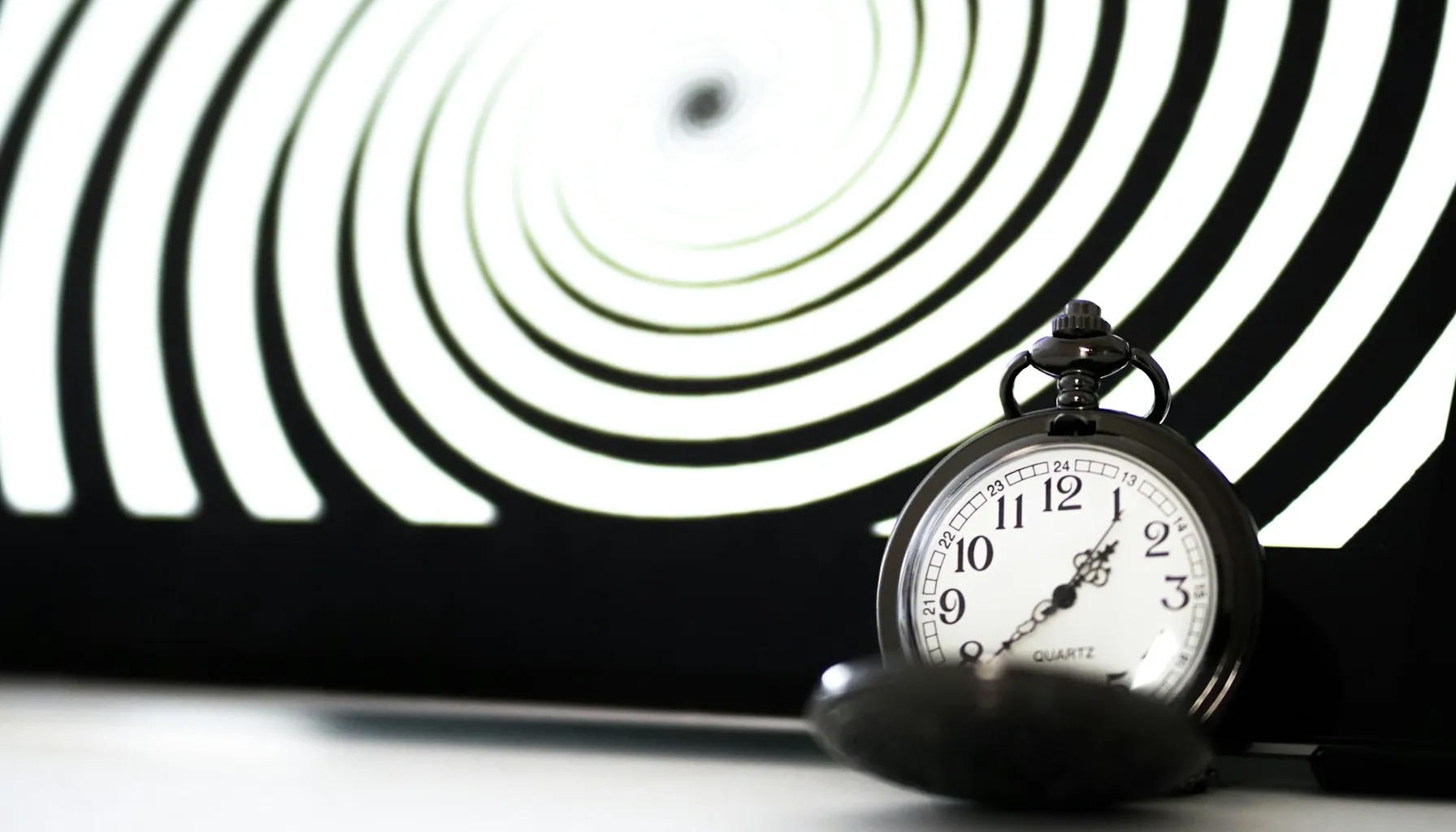
Nyctophobia Treatment
Working with a fear of the dark isn’t just theory, but a path to regaining peaceful nights. Each method has its own strength, and together they give a person a sense of control:
Cognitive Behavioral Therapy (CBT).
In this setting, you’re shown how to catch the thoughts that fuel anxiety. In the dark, the brain imagines a threat—as if someone is nearby. During sessions, these scenarios are replaced with more realistic ones: the lights are simply turned off, and everything around remains the same. Gradually, the tension subsides.
Exposure Therapy.
This approach is built on small steps. First, a nightlight and a few minutes in the dim light, then a little longer without it. With each step, the anxiety subsides, and the feeling of "I'm coping" grows stronger.
Hypnotherapy.
Hypnosis helps rewrite old associations. When the body is deeply relaxed, the brain more easily accepts new beliefs: darkness does not equal danger. This is especially helpful if the fear stems from childhood.
Psychotherapy.
A therapist can help you trace the fear back to its roots, see what fuels it today, and notice the patterns that hold it in place. Once this becomes clear, anxiety stops seeming incomprehensible.
A practical example: For many years, a man slept only with the television on—silence and darkness caused him to panic. After several weeks of gradual therapy, he was able to fall asleep with a nightlight, and a month later, in almost complete darkness. The most important thing he found was that along with the fear fading, came the return of control over his life.

How to Overcome Nyctophobia
Fear of the dark doesn't go away overnight. It's usually a process of small steps that gradually build into a habit of calm.
A nightlight creates a gentle transition. The room remains recognizable, and the plunge into night doesn't feel like an abrupt break. The light can be gradually dimmed to allow for a natural adjustment.
Breathing exercises help the body release tension. A few deep inhalations and slow exhalations even out the rhythm, and anxiety loses its intensity.
Little by little, reducing the light teaches you to accept darkness as normal. At first, a faint light remains, then gradually diminishes, until complete night falls.
A worry journal lets you capture and express what’s troubling you. When they become words on paper, they lose their power and stop endlessly swirling around in your head.
Apps like Mind Elevate help train your attention and resilience to stress. They provide support you can turn to at any time.
Mindfulness meditation remains a useful addition. The practice shifts attention to the basics: breathing, body sensations, the silence nearby. This is what helps the night become steady and calm.
Interesting Facts about Nyctophobia
Facts help put the issue into perspective:
fear of the dark was mentioned as early as Aristotle's works;
in the mythology of many cultures, night was considered the time of spirits and demons;
modern horror films exploit this fear, using darkness as the main tool of suspense;
research shows that people who suffer from this fear are more prone to insomnia.


